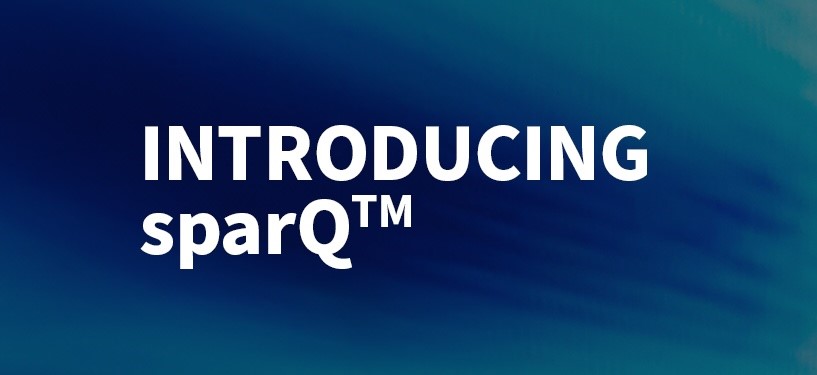Building a more diverse and inclusive organization begins with your hiring process—if you’re not bringing in the right people to start, your DE&I initiatives won’t go far.
While there’s never a bad time to discuss bias in the hiring process, April is Diversity Month, and April 2 is Autism Awareness Day. Right now is a great time to create a bias-free hiring plan with greater efficiency and effectiveness. These four tools will help you remove bias from your hiring process to boost your DE&I initiatives.
1. Hiring for Soft Skills
Hiring managers and HR teams often focus on previous experience when evaluating candidates. But that narrow focus can cause you to miss out on applicants who don’t have the same background as your previous hires, but do have the capability to learn the hard skills needed in the role.
That’s why hiring for soft skills is a better approach to support your DE&I initiatives. Assessing how candidates communicate, problem-solve, work with teammates, and think critically (to name just a few vital soft skills) helps you expand your recruitment horizons and bring in more applicants with hard-to-train soft skills. New hires can learn most of the hard skills on the job.
Assessing candidates for soft skills is more challenging than checking for hard skills, which is why many employers default to the latter. But the right pre-hire assessment tool (like Cangrade’s, which is now ADA-compliant) grades candidates on the top soft skills for the role, making your bias-free hiring process easier.
2. Incorporating Video Interviewing
Interviews are often where bias creeps into the hiring process, as interviewers make assessments about candidates based on free-ranging discussions and first impressions. Shifting to one-way video interviews ensure that all candidates are asked the same questions in the same order to standardize assessments.
With video interviews, you can also ask your whole hiring team to offer feedback on a candidate without subjecting them to 10 in-person interviews, ensuring you receive feedback from a wide range of perspectives. Removing bias while also improving the candidate experience? It’s a win all around.
3. Relying on Data
Many stages of a traditional hiring process can rely on a recruiter or hiring manager’s feelings or instincts about a candidate. And while there’s certainly value in a human-first approach, those feelings can also introduce unconscious bias into hiring decisions.
Instead, incorporate more data into your hiring process. For example, what qualities do the top performers in the role you’re hiring for have? If you can quantify those with pre-hire assessments and use them to evaluate your applicants, you can match the right candidates to the role based on their skills and capabilities instead of how familiar they seem to an interviewer.
A more quantitative hiring process is a bias-free hiring process and a boon to your diversity and inclusion efforts.
4. Using the Right HR Technology
Adding in HR tech, like ethical AI hiring tools, can help you reach a state of true bias-free hiring while also speeding up your time-to-hire and ensuring you’re reaching the best candidates. The right technology can help you take advantage of data in your hiring process, sort and evaluate candidates, and reduce or remove bias in the process.



